In this article I will be talking about my top ten list of favorite books. It was hard to decide the order since, because all these titles are great, However, I tried to accommodate them the best I could. I will briefly summarize each book and then will explain the reason it is on my top ten 10 list of favorite books.

10. Silent Souls Weeping by Jane Clayson Jhonson: This book dives into what depression looks like from a first-person writer who deals with depression every single day. The author also dives into the stories of other individuals with different mental illnesses, and each describes their own experience. This book is in my top ten because it is full of emotion, and information. A great book to understand people around us who may be experiencing this.
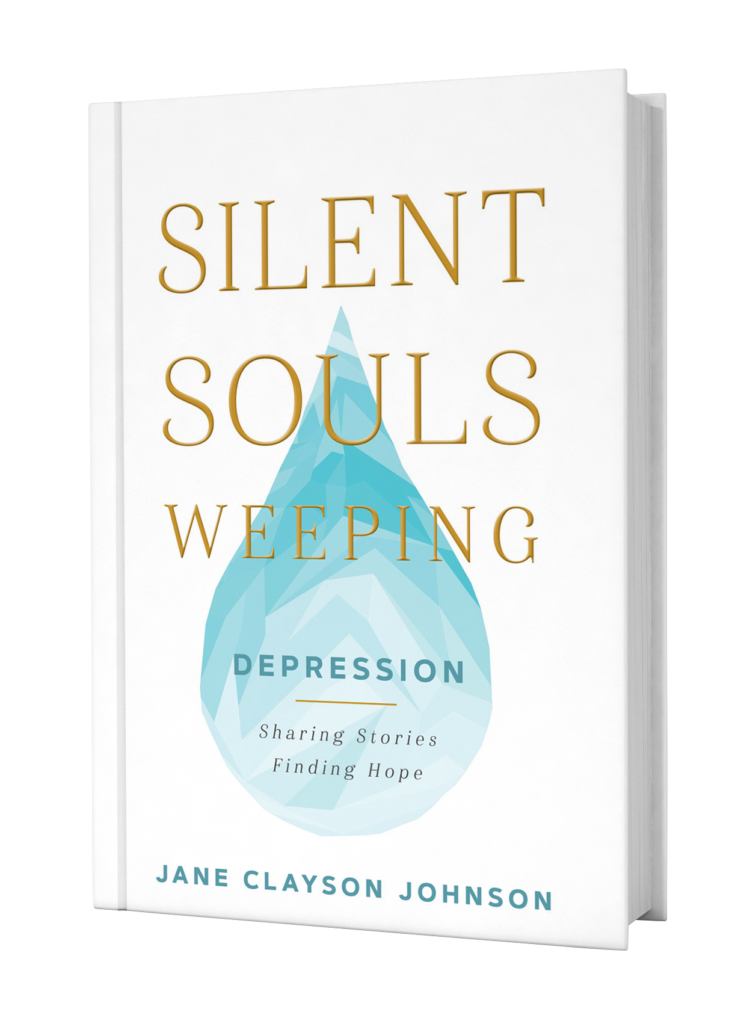
9. The Continuous Atonement by Brad Wilcox. This book talks about Jesus Christ and His Atonement. It is a guide through how to navigate life and sin by finding Grace through and forgiveness through Christ. A must read to those who want to understand The Atonement better and wonder if they have been really forgiven. It is in my top ten because it helped me get through challenging times.
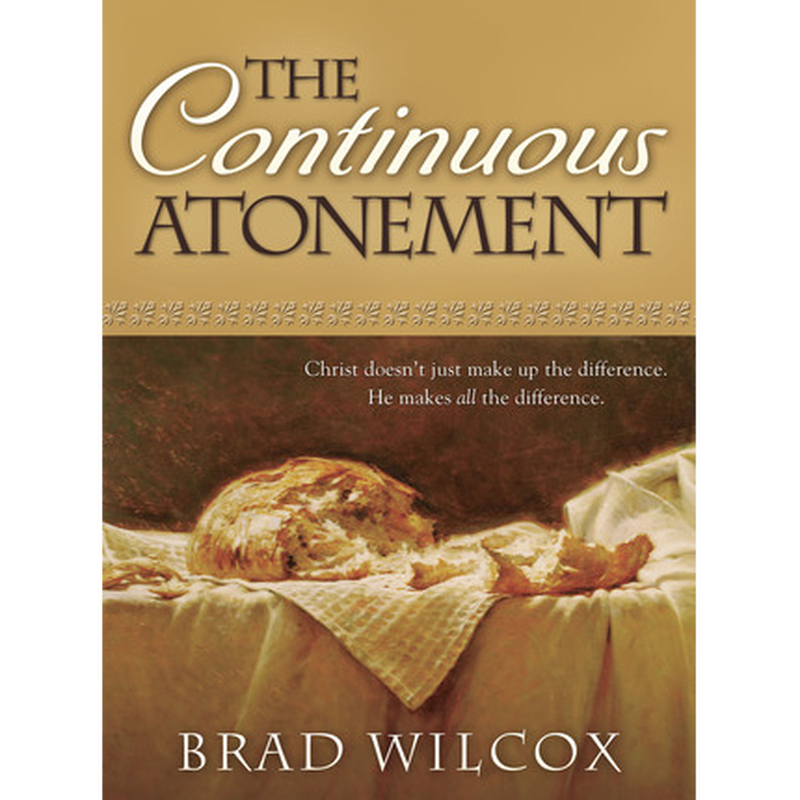
8. The Book Thief by Markus Zusak. The books thief is the story of a little girls in World War II in Germany. Amidst the many difficulties she goes through, she finds comfort in reading and writing, which become prohibited. I love the book because it reminds me about the power of literacy.
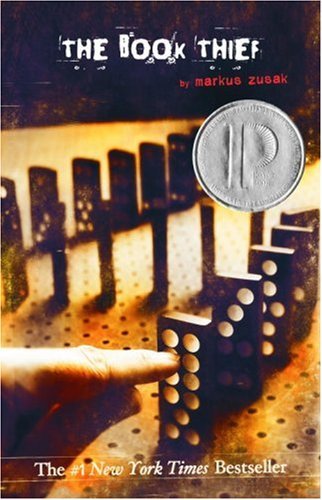
7. The Diary of Anne Frank. The Diary of Anne Frank is a biography of her life and death. The things she went through during World War II as a Jewish girl with her family. The book is very intense and heartbreaking.
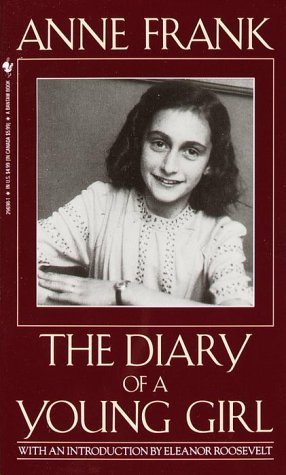
6. One Hundred Years of Solitude by Gabriel Garcia Marquez. One hundred years of solitude relates the story of la familia Buendia. Each character goes through different things as the time goes by. This book is on my list because it is a classic and its original language is Spanish. The book is long but very well written. Author Gabriel Garcia Marquez does a wonderful job at developing each character and making sense of the story as it goes by.
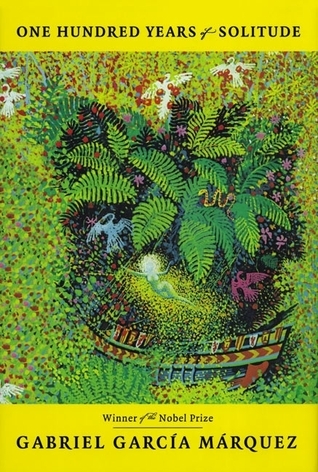
5. To Kill a Mockingbird by Harper Lee. This book is the story of a lawyer trying to prove the innocence of a black man. The book has become controversial because of its main topic, but it is important to mention it.
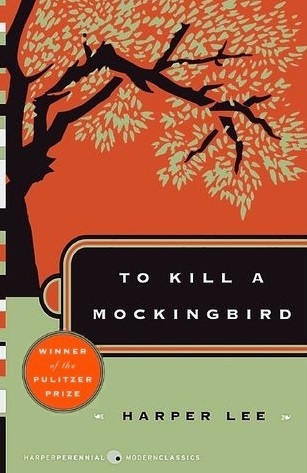
4. 1984 by George Orwell. 1984 is the story of Big Brother and how the government watched over everything we do. It talks about how controlling the government can be to the point of changing people’s opinions. The book was very futuristic for its time, and it is something we are seeing today.
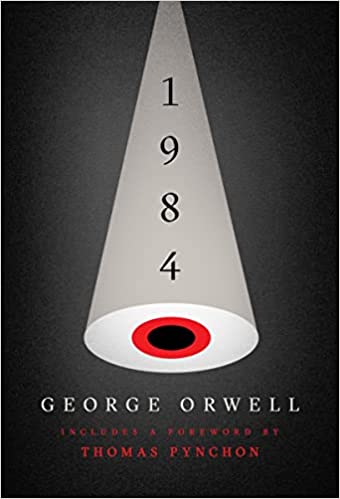
3. When Breath Becomes Air by Paul Kalanithi. This book follows a neurosurgeon’s journey upon receiving a terminal cancer diagnosis. The story is very personal and touching because it reminds us about living our lives before it is too late. This book is in my top three because it made me cry at the end and it changed my perspective about life.
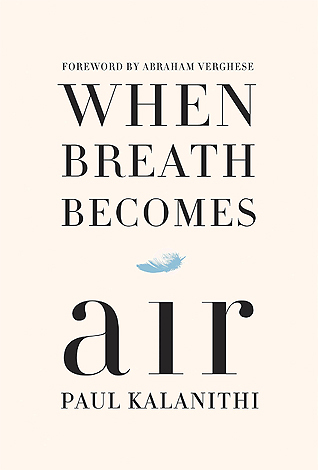
2. Pride and Prejudice by Jane Austen. Pride and Prejudice is the story of Mr. Darcy and Elizabeth Bennett and their story from enemies to lovers. It is a classic that is beautifully written. It is romantic, and persuasive. I could not stop reading it, it is my favorite!
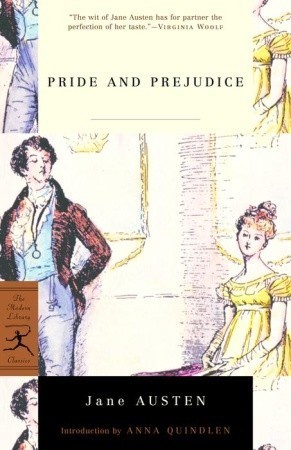
1. The Book of Mormon. This book is on the first place because it is another testament of Jesus Christ like the Bible. The Book of Mormon testifies of Jesus Christ and His divine mission as our Savior and Redeemer. My relationship with God has become closer after reading this book.
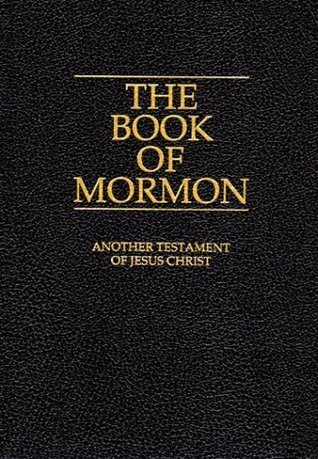
This is my top ten list of favorite books. I have tried to place each in the just place although it was hard. Please let me know if you have read any of these books and what you liked about it.
Feel free to check ou my other post: why I am not a feminist.

